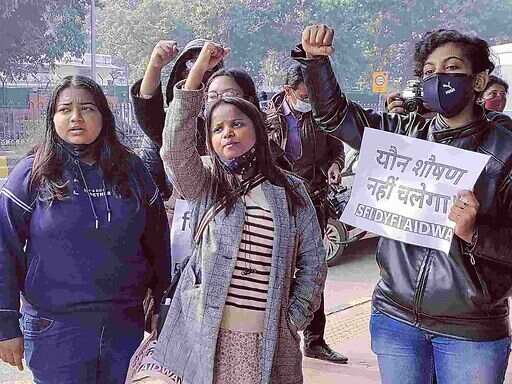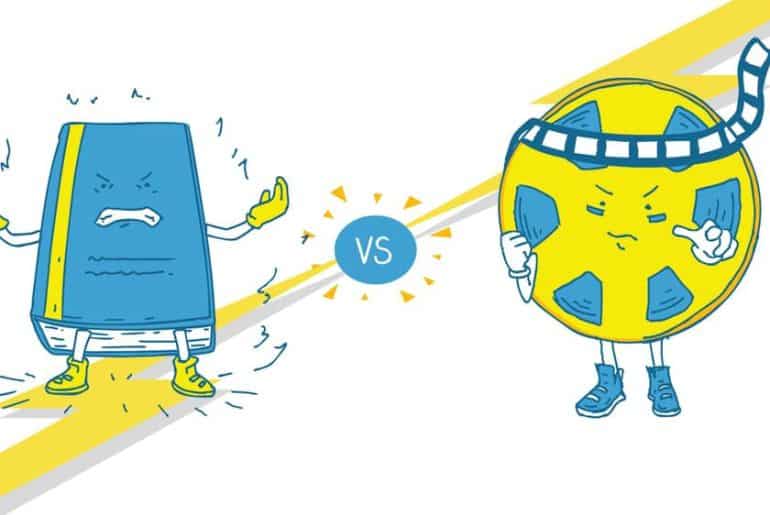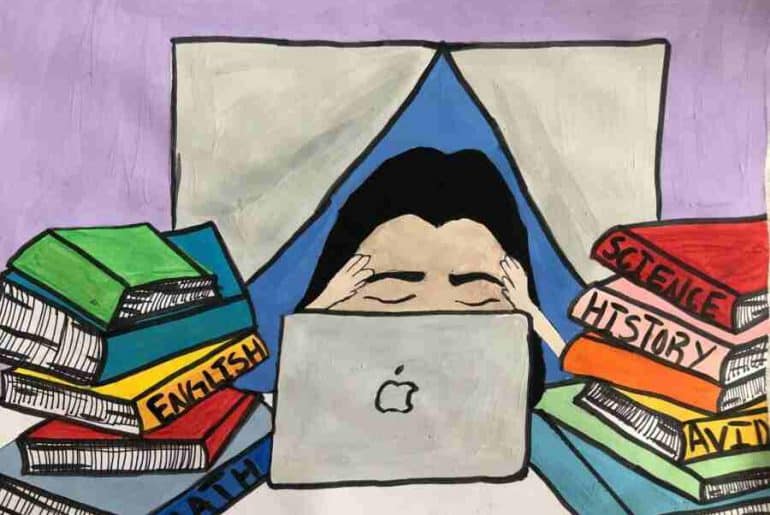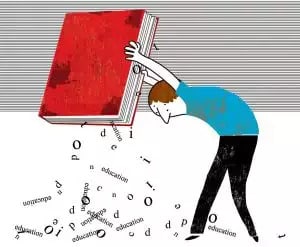JNU’s Students along with SFI-AIDWA-DYFI staged a protest against the police inaction and demanded swift action for identifying and arresting the suspect who sexually harassed a student on campus on Monday night.
On 21 January 2022, the Students’ Federation of India (SFI) along with other student unions and associations, including All India Democratic Women’s Association (AIDWA) and Democratic Youth Federation of India (DYFI,) protested in front of Delhi Police Headquarters against the police inaction in regards to an attempt to rape at Jawaharlal Nehru University (JNU). On Monday night, 17 January 2022, an attempt to rape was made on a JNU’s student. The student was taking an evening stroll near the VC house when a motorcyclist tried to drag the student into the forest and attempted to rape her. SFI condemns the casual approach of the police in this incident. They strongly feel that this incident is a shameful reflection of patriarchy that persists in society. Such incidents have been on the rise during the lockdown when vigilance has lowered. They find it disgraceful that students who identify with minority genders have to go through such traumas in University space. Asha Sharma, State Secretary of AIDWA, also condemns Delhi police for their lack of accountability towards the victim and towards the due process of law.
AIDWA Delhi was shocked by this unfortunate incident as it is a residential space where students return from libraries late at night. Moreover, since it has been considered a safer space for women, the female students often come out to walk even later than the time at which this incident has occurred. Satarupa Chakraborty from AIDWA points out that it is very irresponsible of the Internal Complaints Committee (ICC) who did nothing upon hearing about the incident. It is quite shameful that a young woman had to undergo such a heinous crime within the premises of a prestigious university. She further adds the importance of escalating the efforts that are being made in bringing back the Gender Sensitization Committee Against Sexual Harassment (GSCASH) in JNU. In conversation with DU Beat, Twinkle Siwach, former GSCASH student representative, directed attention towards the ICC. According to her, ever since the ICC, the puppet body of the JNU administration (as opposed to the idea of GSCASH which was constituted with elected members from different constituencies) has been installed, they have witnessed that cases of harassment, stalking in particular, have significantly increased in number. She stated that woman students do not feel confident in approaching ICC, particularly because, in some cases, complaints have been leaked, or the blame has been put on the complainants. In the absence of GSCASH, students still find it a safer option to seek help from the former GSCASH student representatives instead of approaching any member from ICC. She points out that in some of the extreme cases; students prefer to contact the police directly.
This incident has once again highlighted the lackadaisical attitude of the JNU administration and ICC, which continues to control the freedom of women students inside the campus and does not outreach or come out in the support of the complainants or women students in general.
-Twinkle Siwach, former Gender Sensitization Committee Against Sexual Harassment (GSCASH) student representative
Elora Chakraborty, an EC member of the SFI JNU unit, in conversation with DU Beat strongly believes that the JNU administration should immediately pressurize the Delhi Police to carry out the investigation and arrest the culprit. The administration should leave no stone unturned to help the Police with all necessary information and data. Alongside the Administration, including the JNU VC, must immediately take not only cognizance of the crime but also apologize to the student community in general for the inability to provide security. Further, she stated that the scandalous appointment of Cyclops Security and Allied Services Pvt. Ltd. must be undone at the earliest. She marked out that ever since the security agency has been brought to campus, the campus is seeing more and more instances of security lapses in recent times like in this case of an attempt to rape a fellow female student along with the regular cases of sexual harassment in the campus space or on 5 January 2020, when the Jawaharlal Nehru University Students’ Union (JNUSU) President Aishe Ghosh was attacked by right-wing goons in a premeditated manner and also of harassment of students by the security agency. When the security agency is ill-equipped to provide the campus with the security they must immediately be replaced.
It is needless to say the JNUSU demands resignation of the JNU VC Mamidala Jagdish Kumar for degrading the institution and if the question is about what JNU students are doing, they already are protesting for justice to the survivor and for the revival of GSCASH in the campus alongside the JNUSU.
-Elora Chakraborty, former JNUSU councilor for School of Social Sciences, EC member, SFI JNU
Concluding her statement, Elora asserted that the student community in JNU will not rest until justice is provided to the survivor and the culprit is arrested. The voice for the reinstatement of GSCASH is getting stronger day by day and students are coming out on the streets of JNU and Delhi to demand justice for the survivor. On 20 January 2022, the student community walked alongside the JNUSU reclaiming the night with the campus in a March from Sabarmati hostel to the VC house. On 21 January 2022 the JNU student community and the JNUSU marched to the Vasant Kunj Police Station demanding speedy justice to the bone-chilling crime on the campus. AIDWA-SFI-DYFI had a common call of protest at the Delhi Police headquarter to make campus spaces safer. The protest will go on in the demand for justice for the survivor and reinstatement for GSCASH.
Read Also: Multiple Accusations of Sexual Misconduct Against A Doctoral Student from JNU
Featured Image Credits: Chirag Jha for DU Beat
Ankita Baidya






